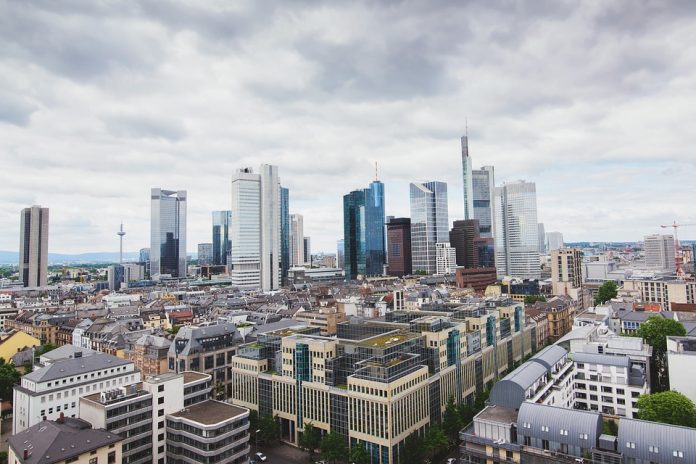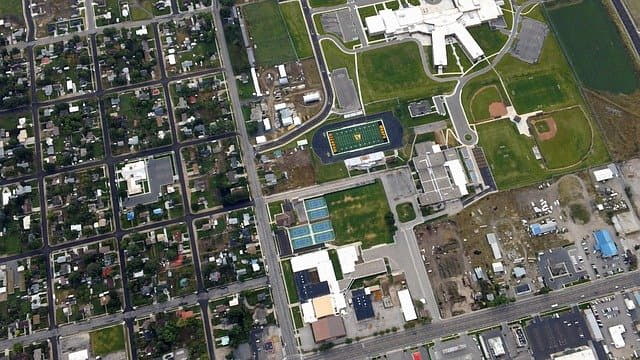Urbanism is a form of life. Urbanism is generally reflected in the complex division of labor, high levels of technology, high mobility, the interdependence of its members in fulfilling economic functions.
According to Louis Wirth, Urbanism has four important characteristics:
- Transiency: The relations of the Urban inhabitant’s with others last only for a short time
- Superficiality: Impersonal and formal. Individuals meet each other in highly segmental roles.
- Anonymity: In Urban areas, people do not know each other intimately
- Individualism: In general, people give more importance to their vested interests
According to Ruth Glass: Urbanism consists of mobility, individualism, anonymity, social differentiation, and an organic type of solidarity.
As per the 2011 census, the total population of India is 121 crores, and the Urban population stands at 377 million in absolute numbers. The population has increased by 91 million in the last decade, and the Maharashtra state has the highest Urban population. The growth rate of the urban population in India is around 13.8 percent.
Prof. Ram Ahuja observes that urbanism is a way of life and that is characterized by specific elements such as impersonal and formal relations, with a limited number of people, lacking intimacy, not knowing names, short-term relations, and people giving more importance to one’s vested interests.
Urbanism and Kinship in India
According to K.M Kapdadia and Alieen Ross, the urban joint family is replaced by the nuclear family. The size of the family is shrinking, and the kinship relations are confined to just two or three generations.
Based on his study in West Bengal, R.K Mukherjee said that there is a replacement of joint family by the nuclear family.
Urbanism and Caste in India
Caste identity tends to diminish with education, urbanization, and an orientation towards individual achievement and modern status symbols.
Andre Beteille had pointed out that, among the westernized elite, class ties are much more important than caste ties.
Urbanism and status of Women in India
The status of women in urban areas is comparatively higher than the status of women in rural women. Urban women are generally educated and liberal. The average age of girls in marriage in cities is also higher than the corresponding age of girls in the villages. In the labor market, it is women who are still in a disadvantaged situation. Biological problems and discontinuity are regarded as the main causes for not hiring women in the job market. So, many women prefer nursing, teaching, social work, and clerical jobs that are generally poorly paid. If this is the situation of the urban women in most of the cases in urban areas, then think of the situation of the women in the rural pockets.
Characteristics of Urbanism:
- The diversity of social life (there is a normal, and social role conflict)
- Rapid social and cultural change
- Lack of personal and intimate communication
- Materialism
- Individualism
- Mobility
Problems associated with Urbanism in India
- Housing and Slums
- Crowding and Depersonalisation
- Water supply and Drainage
- Power shortage
- Sanitation
- Pollution
- Traffic and Transportation
To combat the above-mentioned problems, the government of India is implementing many schemes and projects like
- MGNREGS,
- Community Development programs,
- Encouraging Industries to move to backward areas,
- Municipalities to find their financial resources,
- Various housing policies like PM AWAAS yojana, National Housing Policy, and
- Health and education through Sarva Shiksha Abhiyaan, Ayushmaan Bharat, and Beti Bachao Beti Padao.














Some truly grand work on behalf of the owner of this web site, dead outstanding subject material.
Thank you
I have been exploring for a little bit for any high quality articles or blog posts in this sort of space . Exploring in Yahoo I eventually stumbled upon this web site. I will visit this website regularly
Thank you
I like what you write. Such smart work and reporting! Keep up the excellent work. I’ve incorporated you to my blogroll.
Thank you
Thanks a lot for sharing this with all of us you really know what you’re talking about! Bookmarked. Please additionally talk over with my website =). We may have a link alternate contract among us!